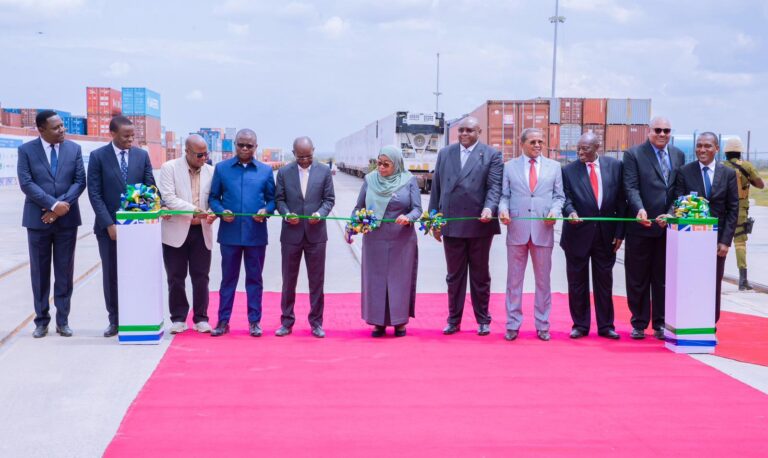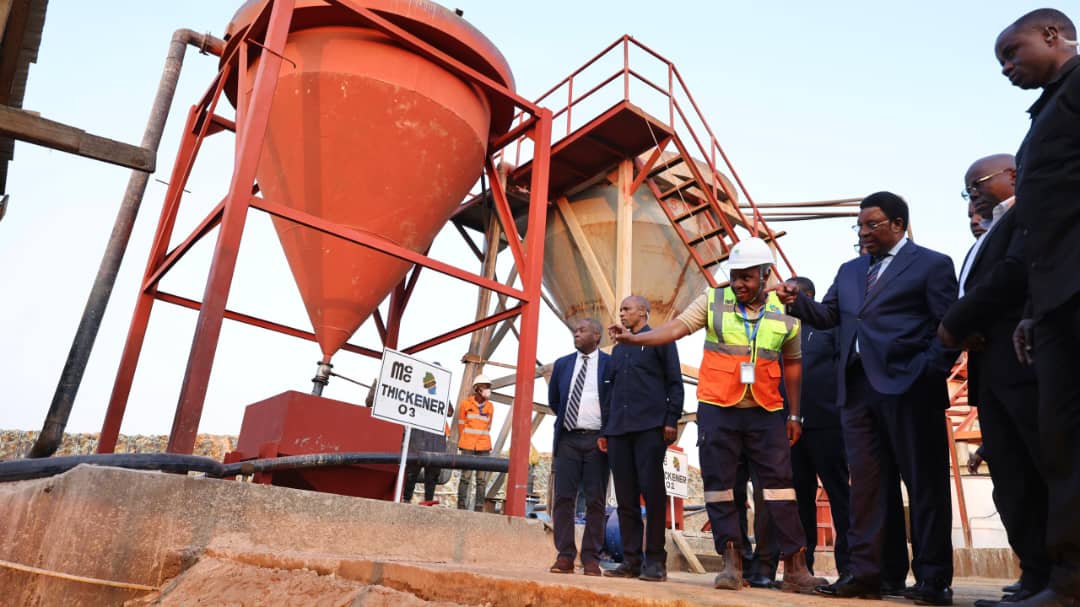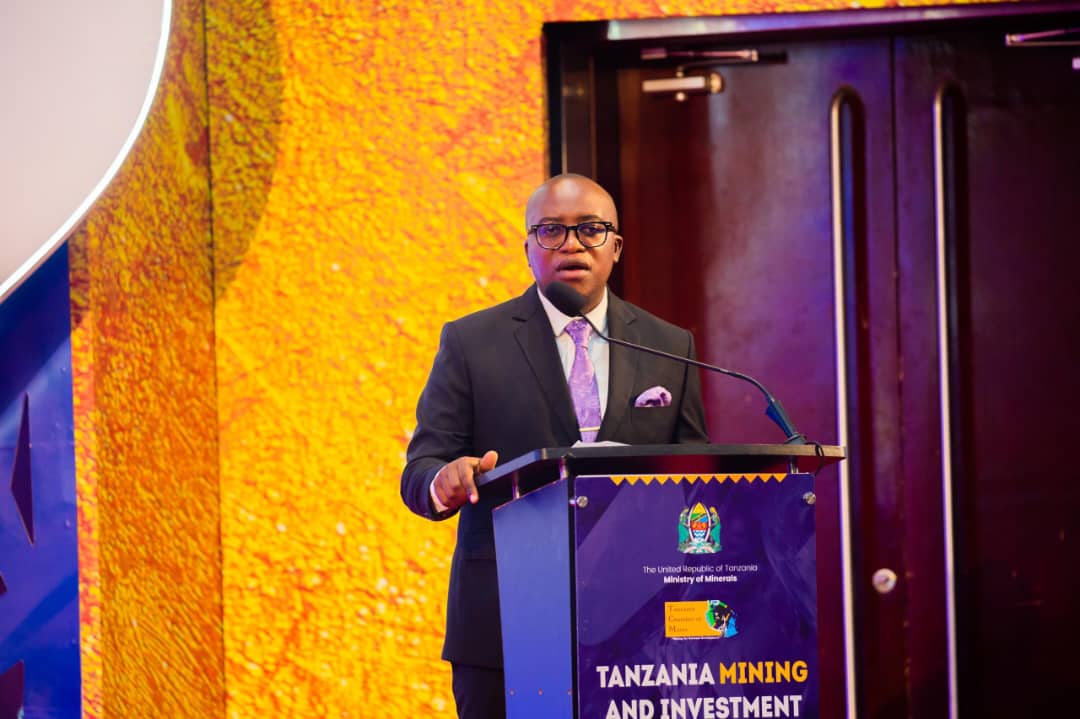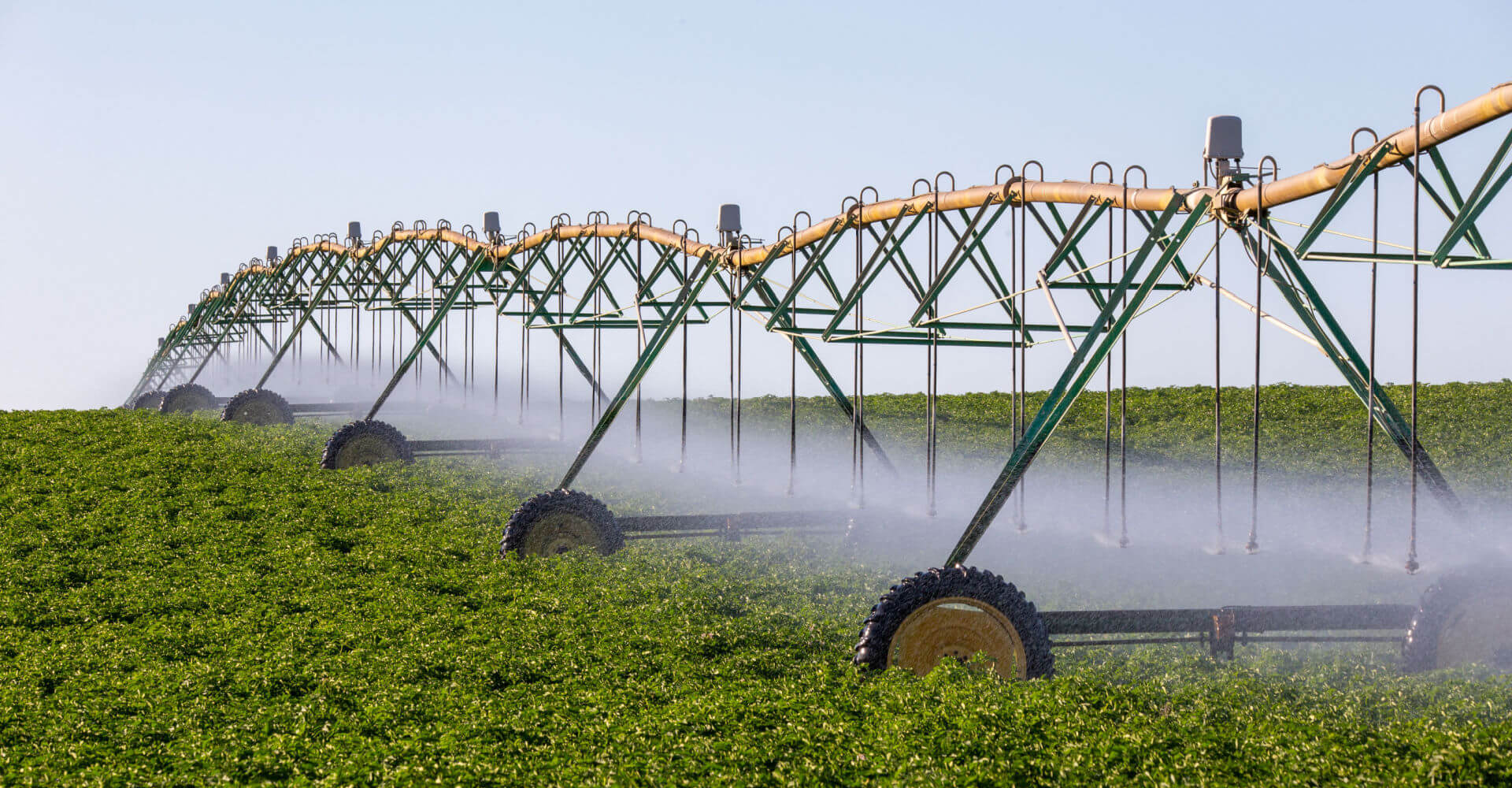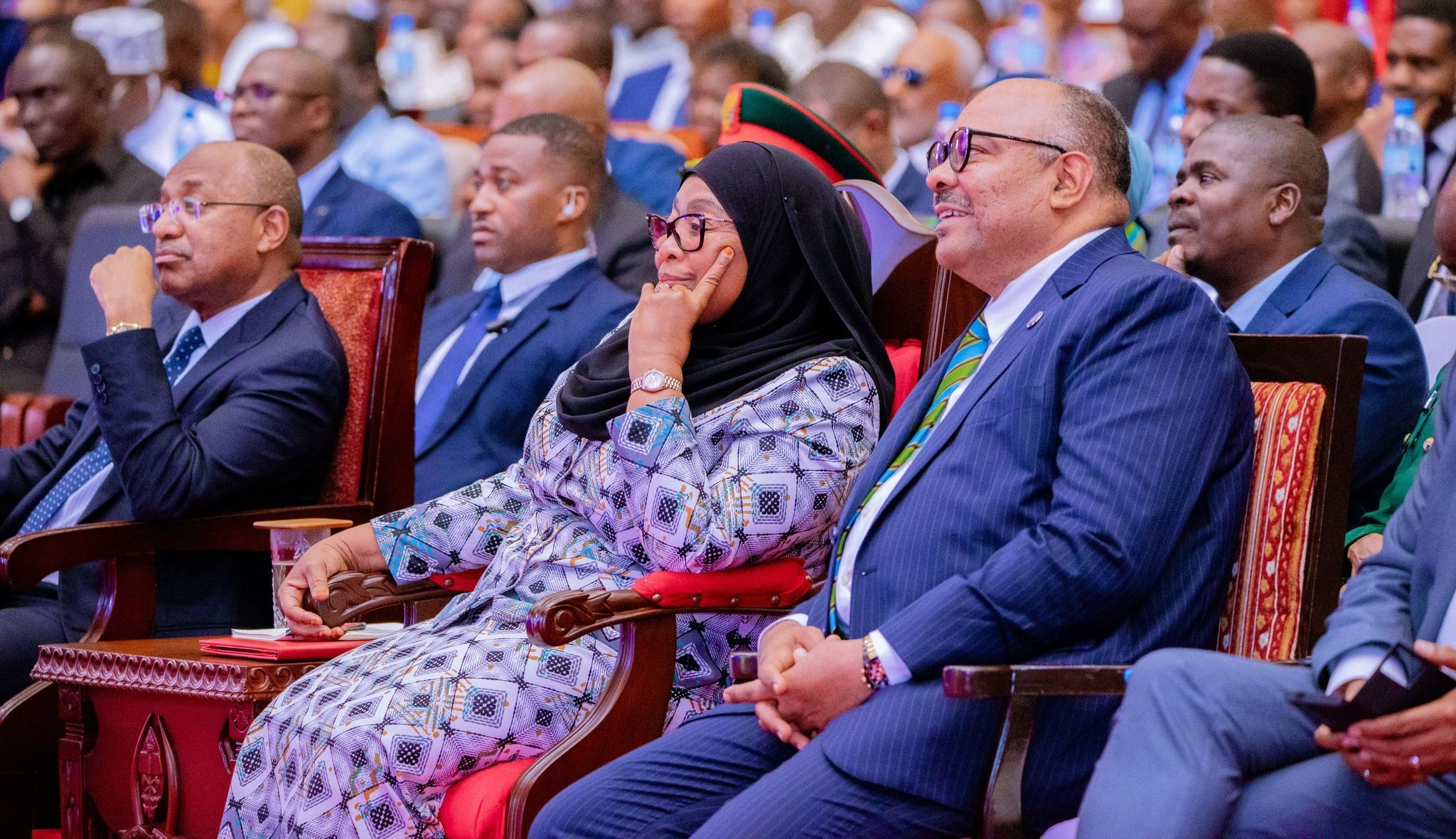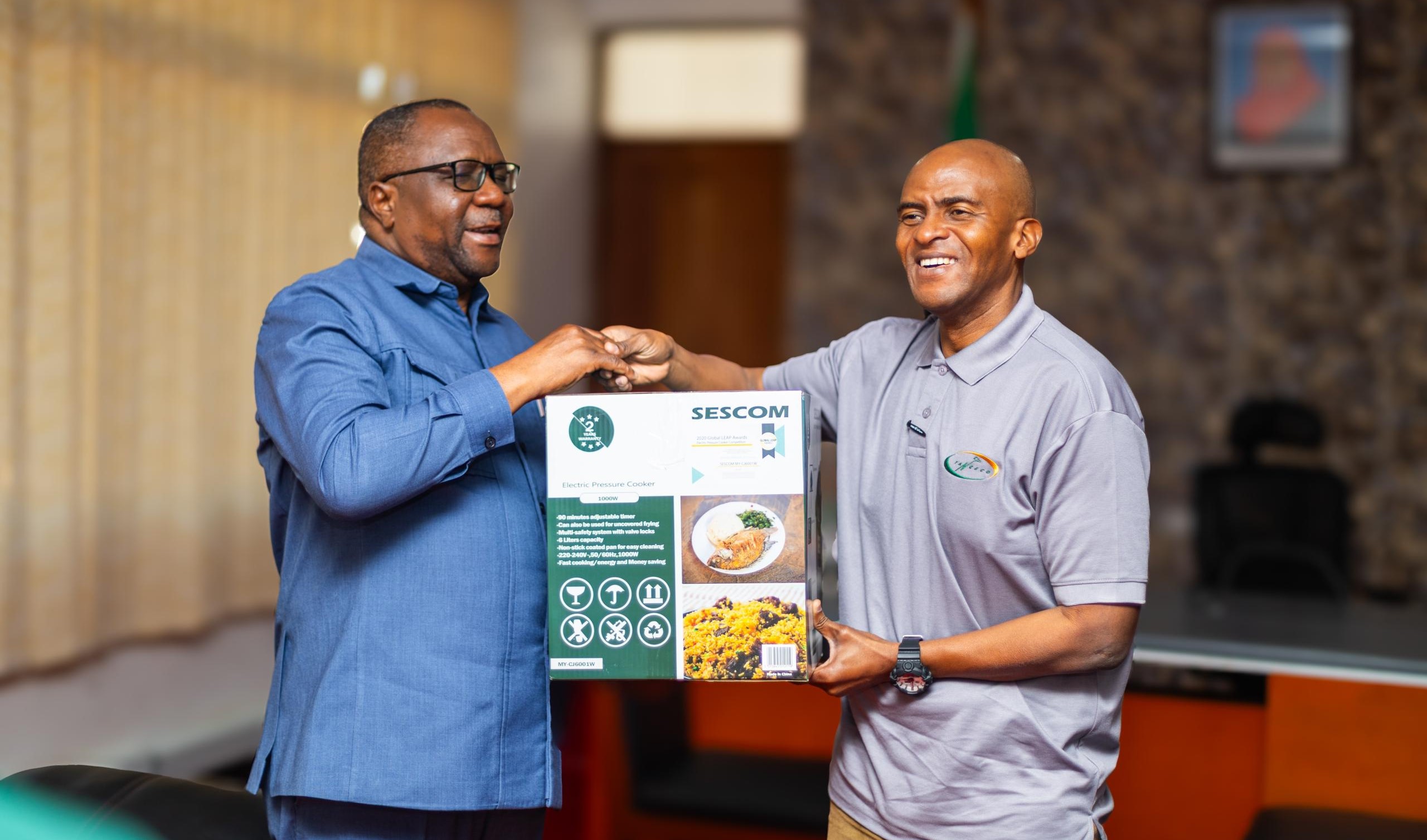Dar es Salaam. The tale of Tanzania’s logistics system is one of enduring promise, punctuated by persistent obstacles.
At its heart lies the Port of Dar es Salaam. Once a modest harbour developed by German and British rule, the Port is now the throbbing gateway to the entire nation and its land-linked neighbours.
Yet long before Kwala emerged, this seaport bore the weight of a rapidly urbanising and economically evolving region.
By the 1970s, ships frequently languished at anchor for days before docking; berth occupancy was near constant, with average ship wait times seldom below twenty-four hours.
Labour productivity was low, infrastructure antiquated, and the port increasingly ill-prepared to handle rising cargo volumes
Decades of growth only heightened the strain. From around 2003 onwards, annual cargo throughput surged at nearly 10 per cent per annum
By the early 2010s, vessels queued for up to ten days to berth, and delays in clearing and transporting cargo could stretch for another ten.
In comparison, vessels at ports like Mombasa faced under-one-day wait times to berth, an international standard, starkly contrasting with Dar es Salaam’s chronic delays
Economic losses were staggering: Tanzania and its neighbours lost billions annually in welfare, anchorage costs ran into hundreds of millions of dollars, and customs revenues fell far short of potential
Against this backdrop, the Dar es Salaam Port Improvement projects, including the Maritime Gateway Project, were initiated in order to dredge channels, expand berths, introduce roll-on/roll-off terminals, digitise customs processes, and extend operational hours
Yet even as those works advanced, planners acknowledged that structural congestion within the city’s cramped waterfront required more than local enhancements.
It was in this context that the concept of an inland port gained traction, not as a distant abstraction but as a pressing necessity.
Kwala Dry Port, situated some sixty-odd kilometres inland, symbolises a bold re-imagining of Tanzania’s trade logistics.
Rather than delay and overcrowd the city’s arteries, customs clearance and storage would shift inland.
Containers could be moved swiftly by rail and cleared away from the urban jugular.
From a modest five-hectare pilot zone handling some 800 daily containers, Kwala’s first phase now occupies well over 120 hectares, with stacked capacity ranging between 3,500 and 5,000 containers.
It offers dedicated infrastructure: customs zones, weighbridges, cold-chain facilities, administrative offices, and a direct link to Dar Port via the Standard Gauge Railway (SGR).
Transfer time for cargo has shrunk to around 45 to 60 minutes, with two daily trains, each carrying roughly 40 containers, moving sealed units from port to dry port
Furthermore, Kwala has begun to absorb up to 30 per cent of Dar Port’s container volume, processing some 823 containers per day and roughly 300,000 annually
It no longer merely serves Tanzania but regional transit, allocating space to neighbours such as the DRC, Rwanda, Burundi, Uganda, Malawi, Zambia and Zimbabwe for warehousing and consolidation
Yet Kwala’s journey is not just about capacity; it is about systems. Kenyan experience offers cautionary tales.
Inland Container Depots (ICDs) in Nairobi, Eldoret and Naivasha are linked to Mombasa via rail, including both SGR and the older metre-gauge, and handle huge volumes, with Nairobi’s depot handling over 450,000 TEUs annually and featuring multiple warehouses, sheds and modern ICT systems
At Embakasi, Nairobi’s ICD has expanded from 180,000 TEUs to a projected 450,000 by 2035, complete with rail-mounted gantries, bypass access roads, and digital one-stop centres designed to relieve port congestion
Yet lessons abound: without cohesive operations and alignment of agencies, even physical proximity cannot ensure efficiency
Rwanda, too, has pursued a similar inland logistics strategy via the Masaka (Kigali) Inland Container Depot, developed in partnership with DP World.
Constructed between 2016 and 2018, it sits on some thirty hectares and includes customs, maintenance, warehousing, cold storage and IT facilities.
The aim: to connect landlocked Rwanda more efficiently via Tanzania’s Central Corridor
The undercurrent of these regional efforts is unmistakable.
Harmonised logistics networks, bridging roads, rail, customs systems and policy, could transform East and Central Africa’s trade landscape.
But infrastructure must be matched by operational coherence at scale.
Tanzania’s Kwala can go from a technical novelty to a spine of regional logistics, if coordination, digital clarity and user adoption follow.
Already, governments and agencies are responding.
Cargo destined for transit is increasingly channelled to Kwala, clearing aging urban depots in Dar es Salaam.
Proposals are in play to redirect lorry traffic via ring roads, easing residential pressure in the city and improving road safety and infrastructure longevity
Still, scepticism lingers. Will the same delays simply shift inland?
Without real-time cargo tracking, harmonised scheduling between TRA, TPA and TRC, and integrated digital platforms, Kwala risks replicating the entanglements it was designed to dismantle
Nevertheless, the stakes remain high. For Dar es Salaam’s residents, the promise of clear roads, reduced gridlock and renewed urban resilience is tangible.
For shippers and regional commerce, lower demurrage, faster clearance, and predictable supply chains could mean significant cost savings, indeed, the broader economy stands to gain billions.
Reduced congestion could extend road lifespans and avert theft and delays that now cost carriers dearly, particularly those carrying fragile or high-value goods such as copper
Kwala’s real value may lie not in numbers alone but in the cognitive shift it represents: that clearance, consolidation and cargo control no longer must be urban; they can be strategic, scalable, and eventually transformative.
In the final analysis, Kwala Dry Port occupies a fragile yet hopeful space between infrastructure and integration.
Tanzania is building the future of trade logistics, anchored in political will and regional strategy.
But the orchestration of that future will turn on systems, digital, operational, institutional, and on the willingness of stakeholders to abandon familiar inefficiencies for a new, inland rhythm.

